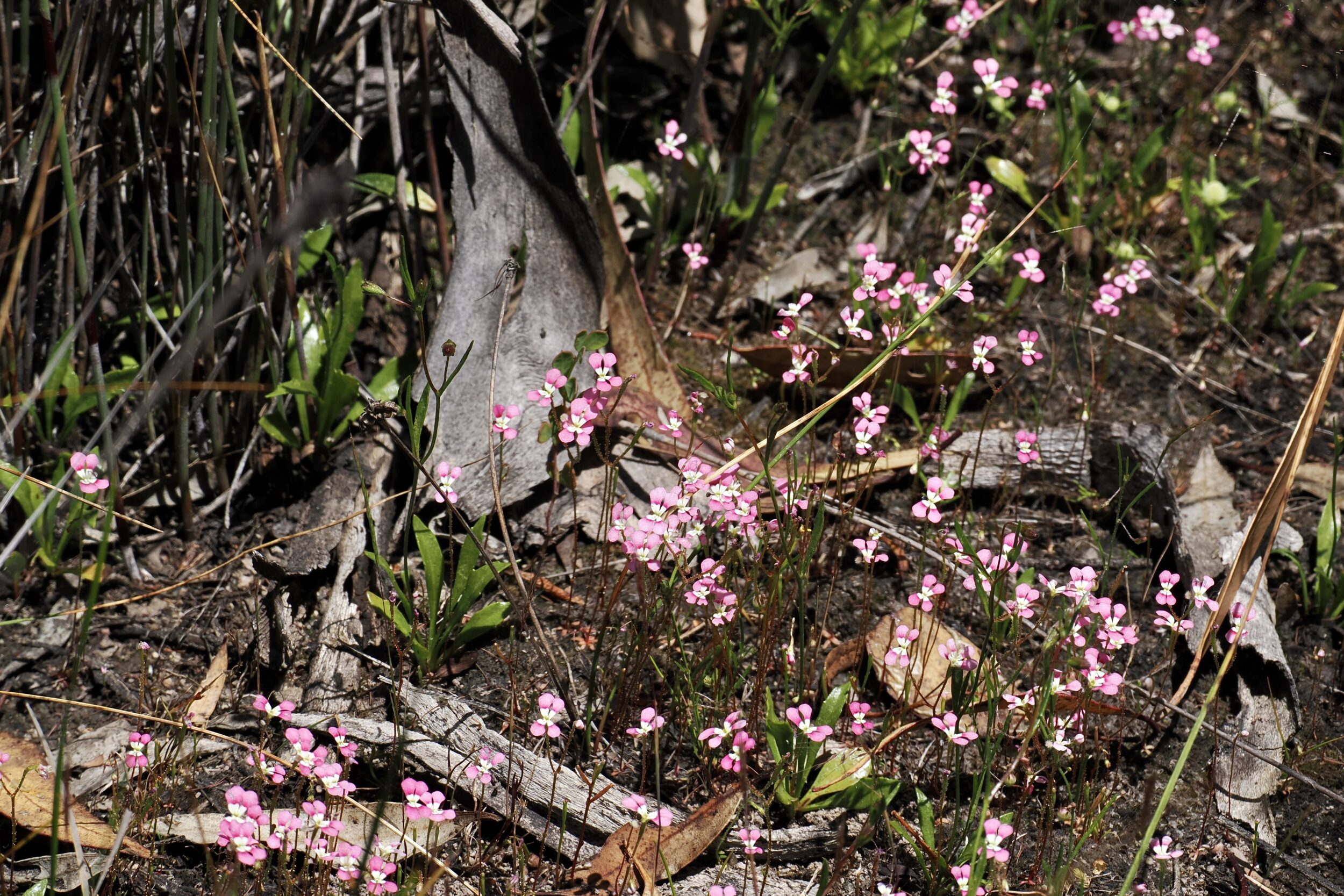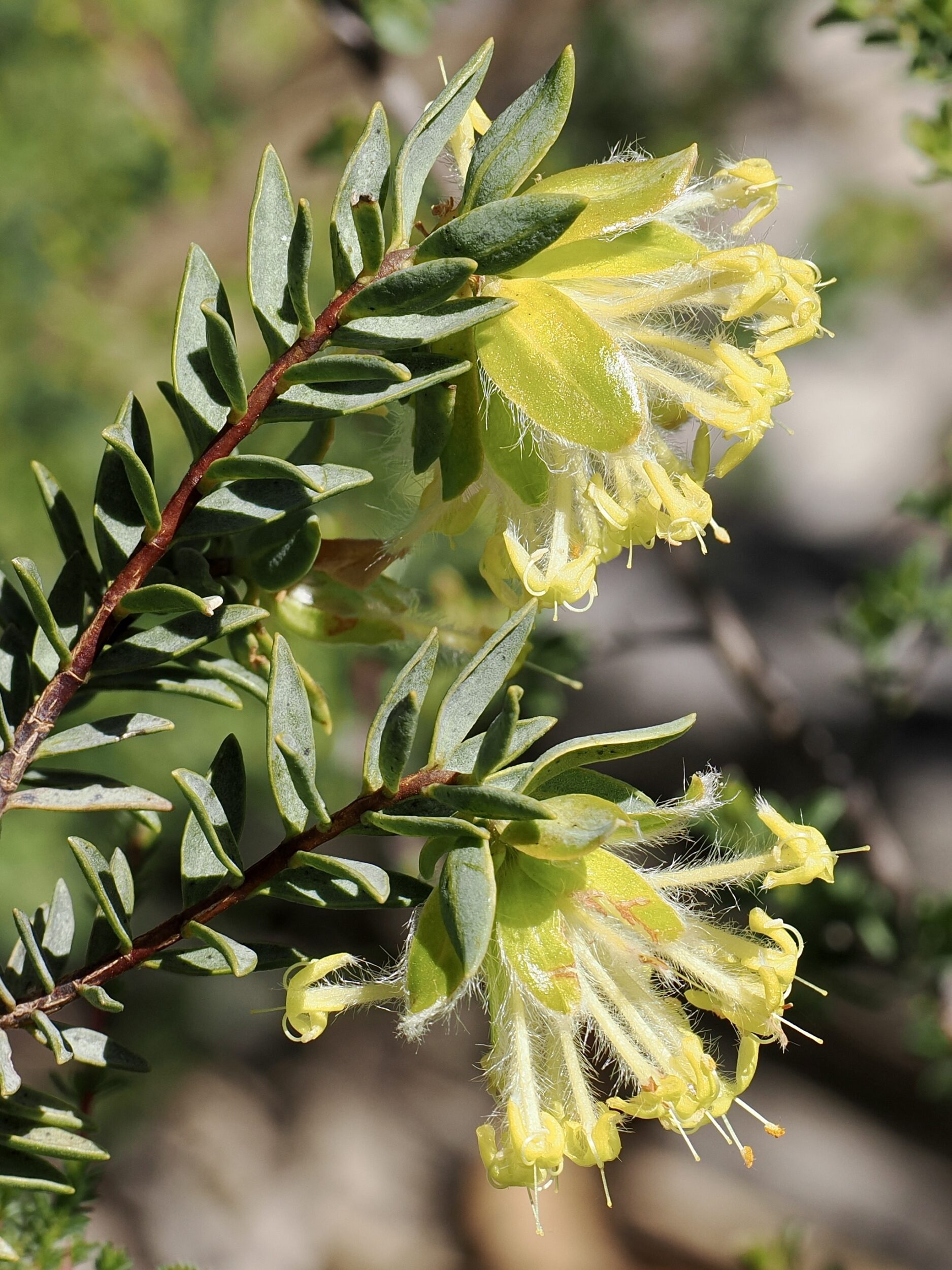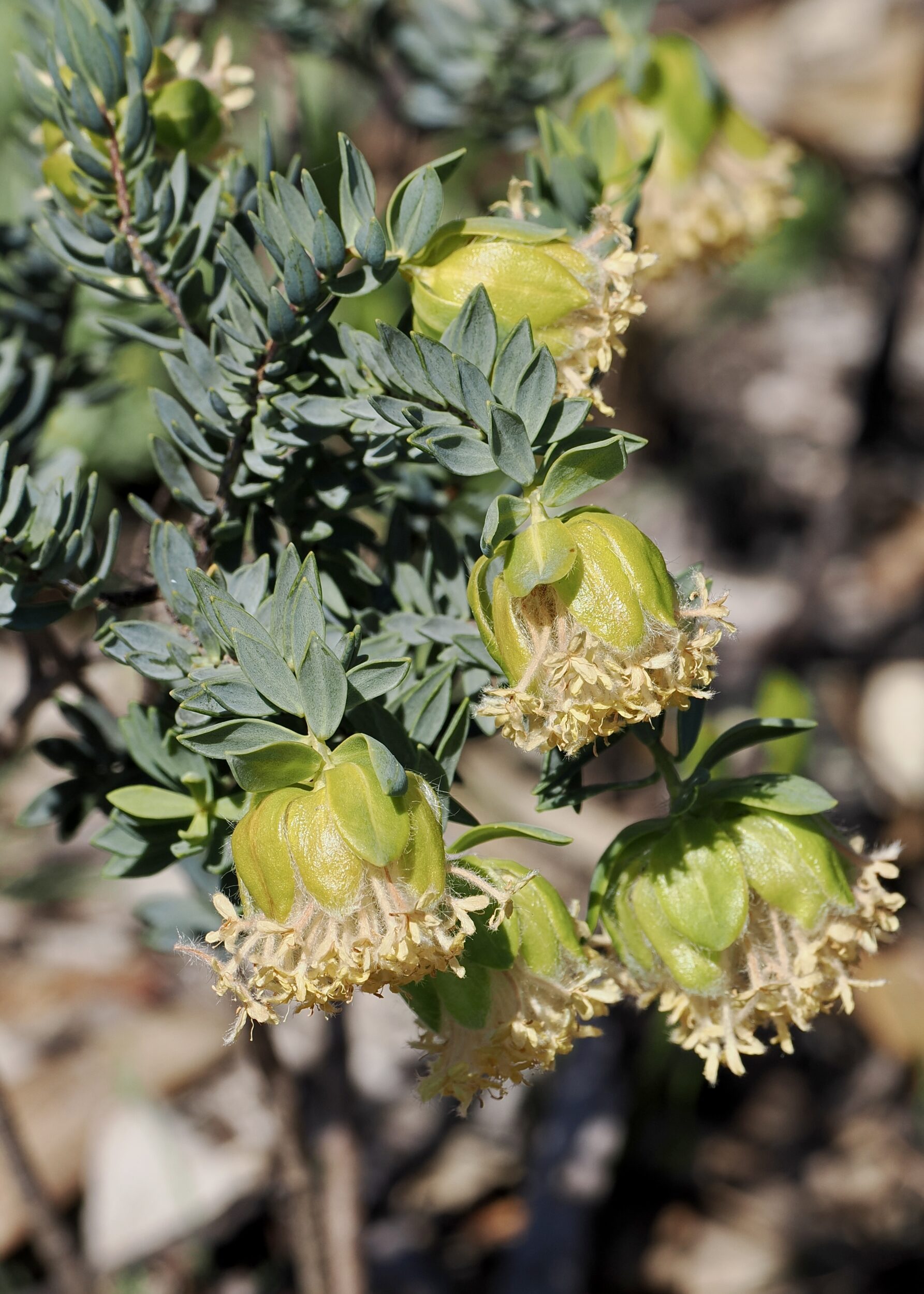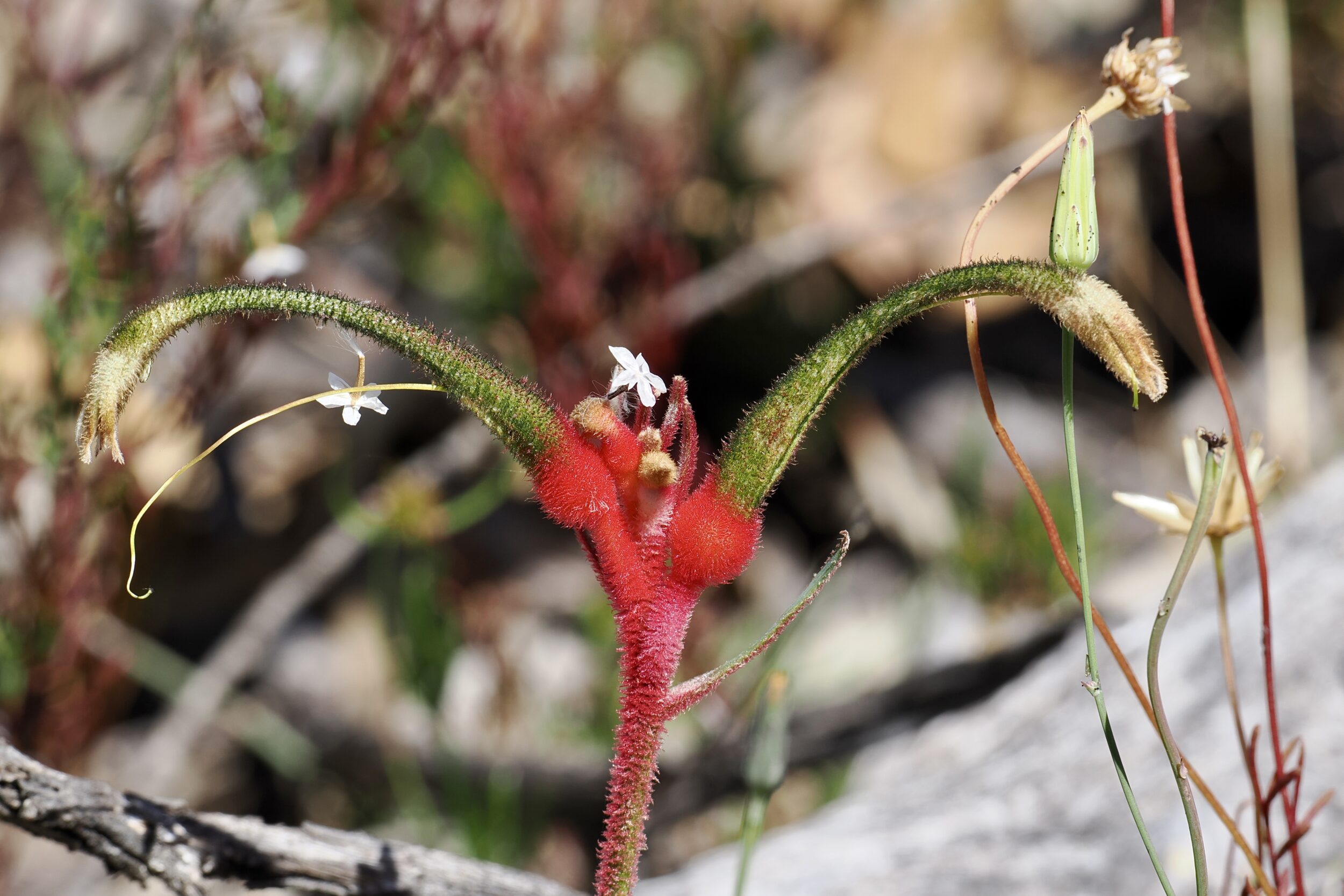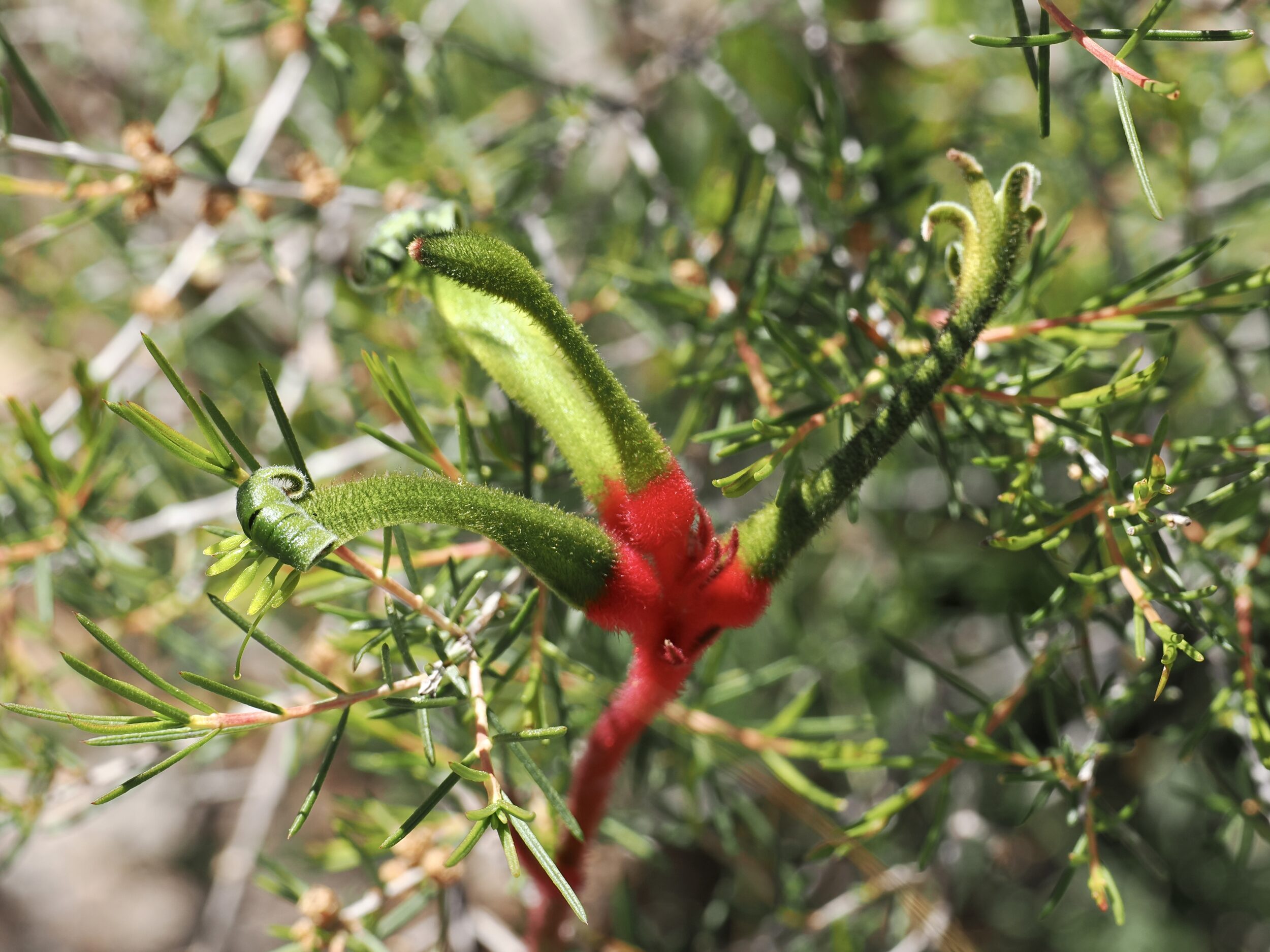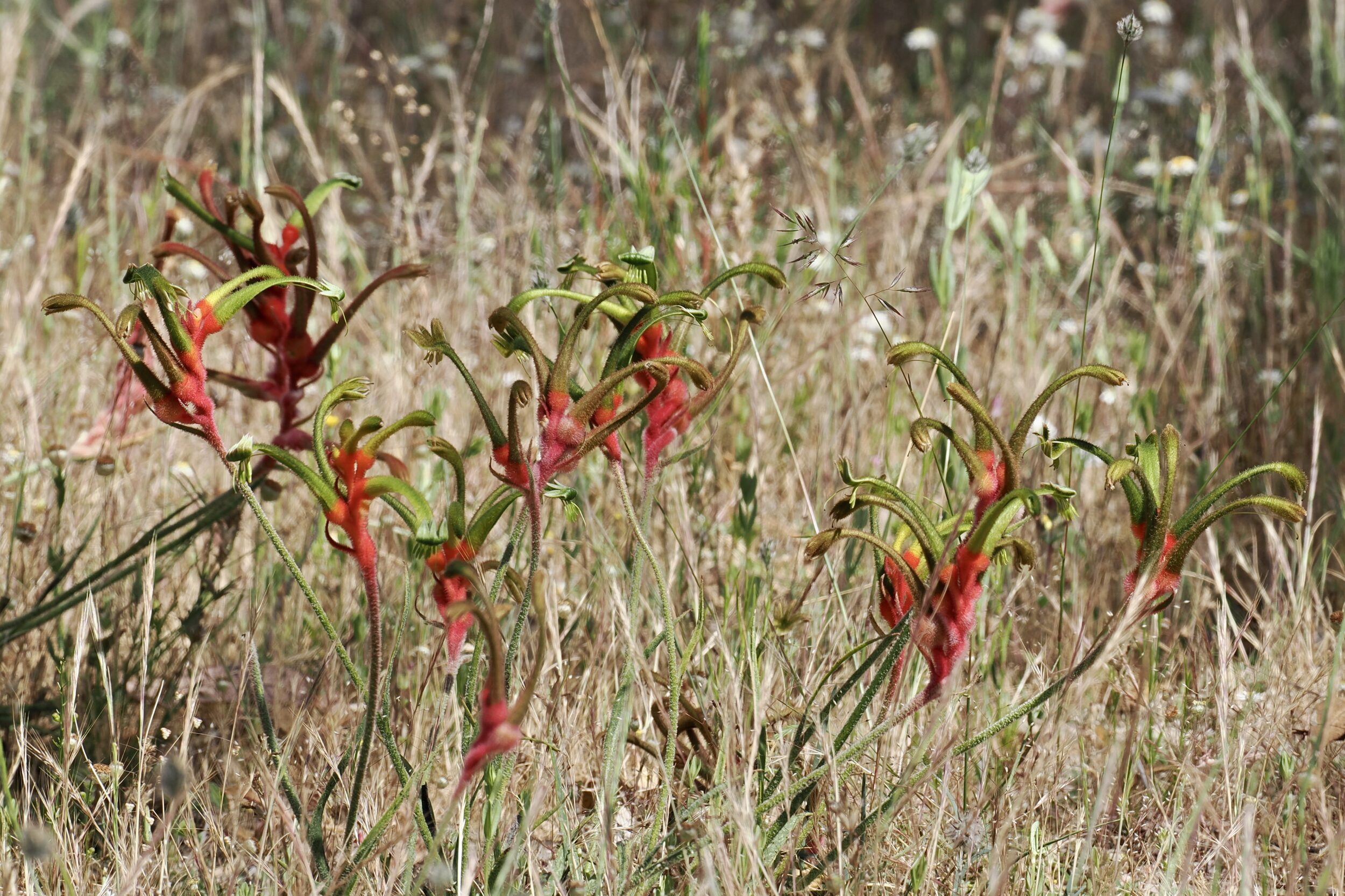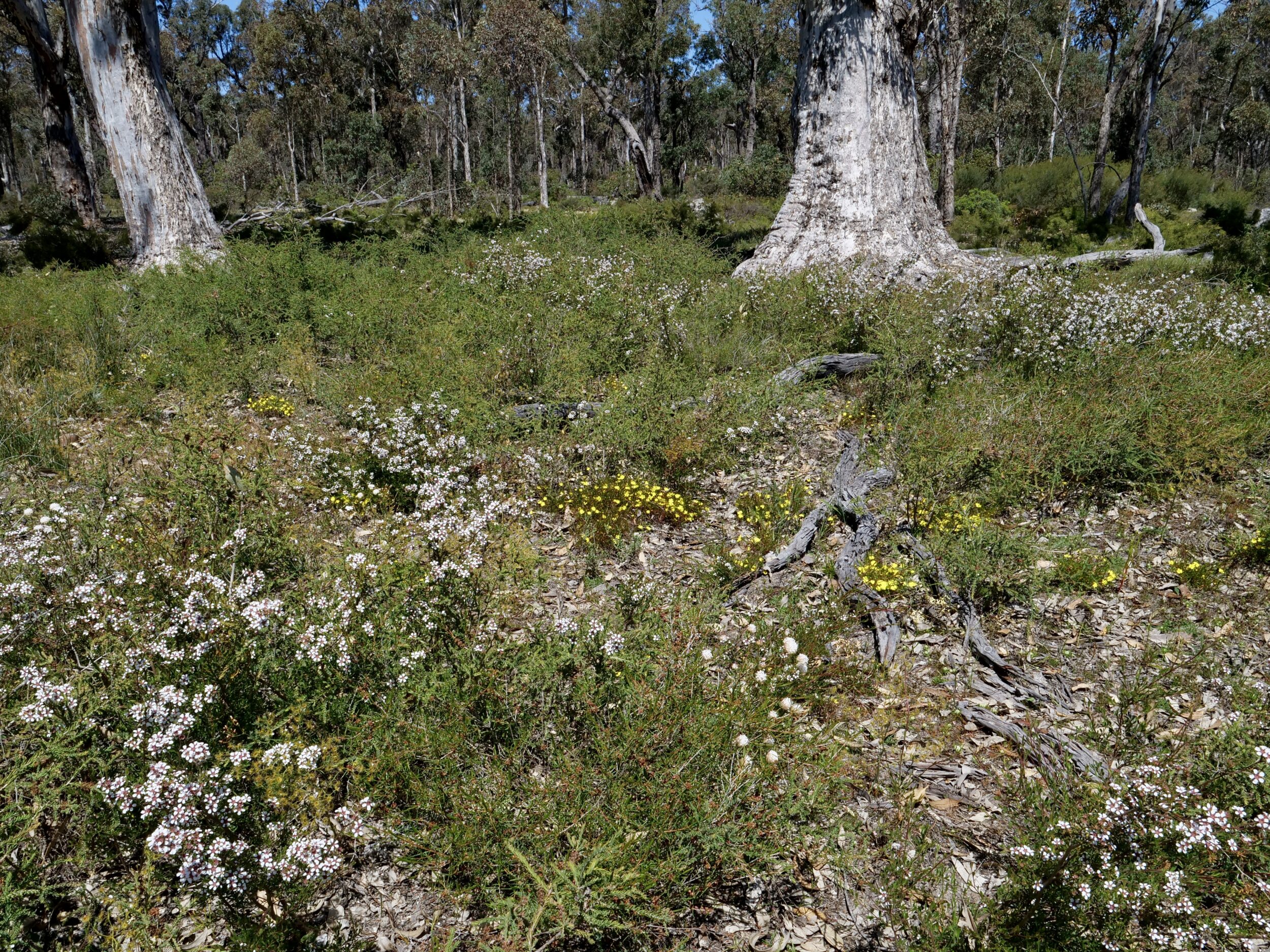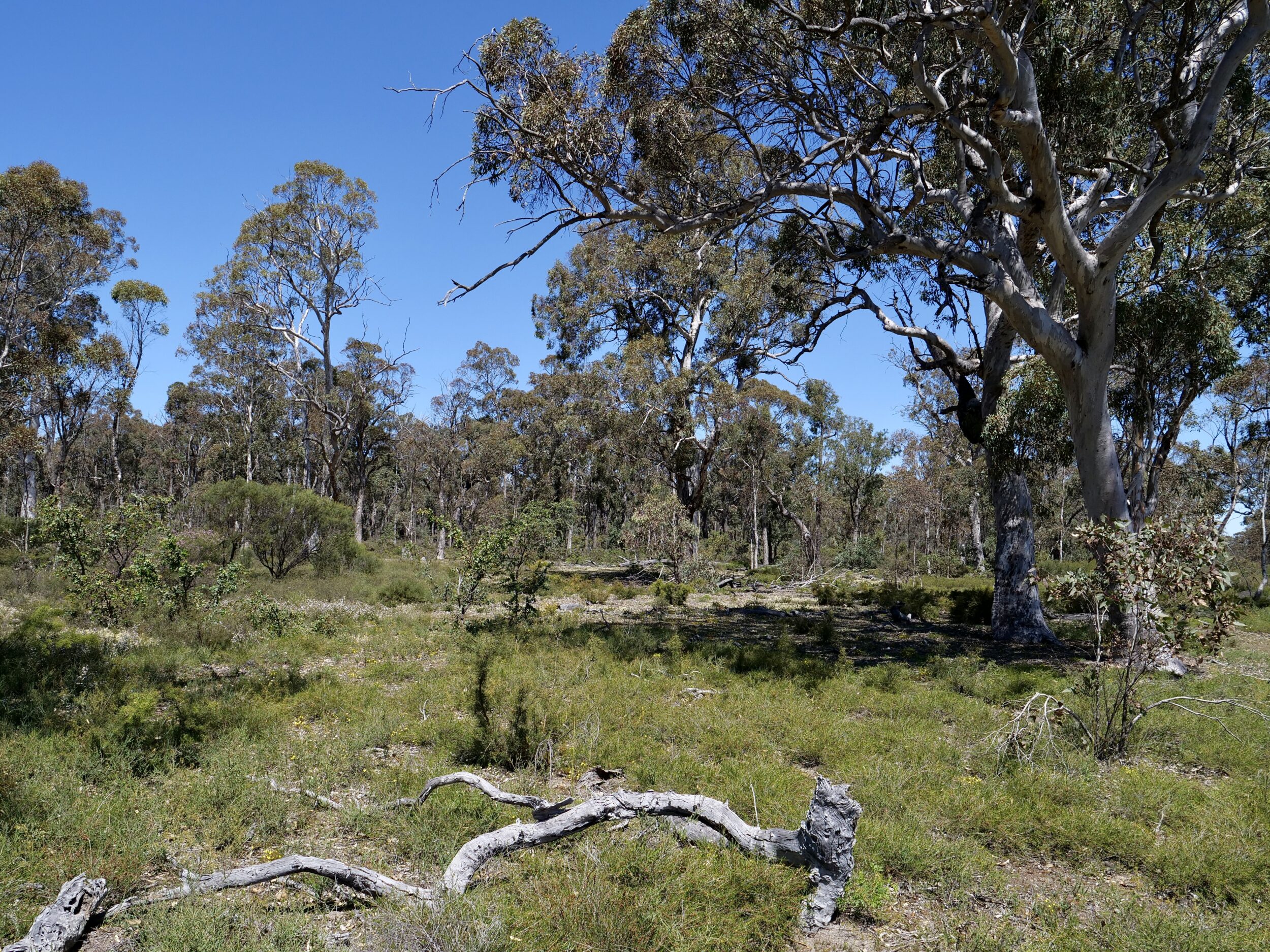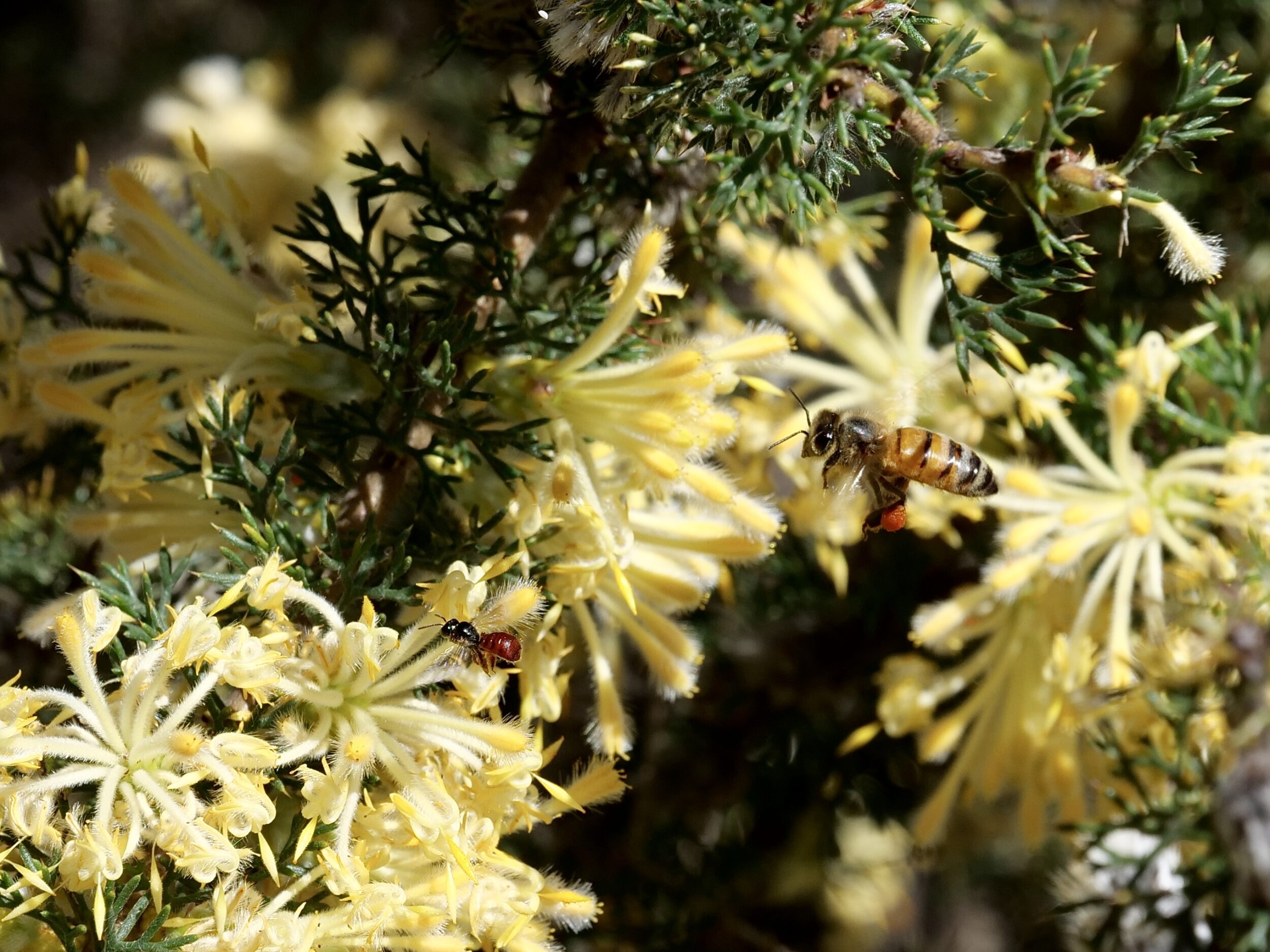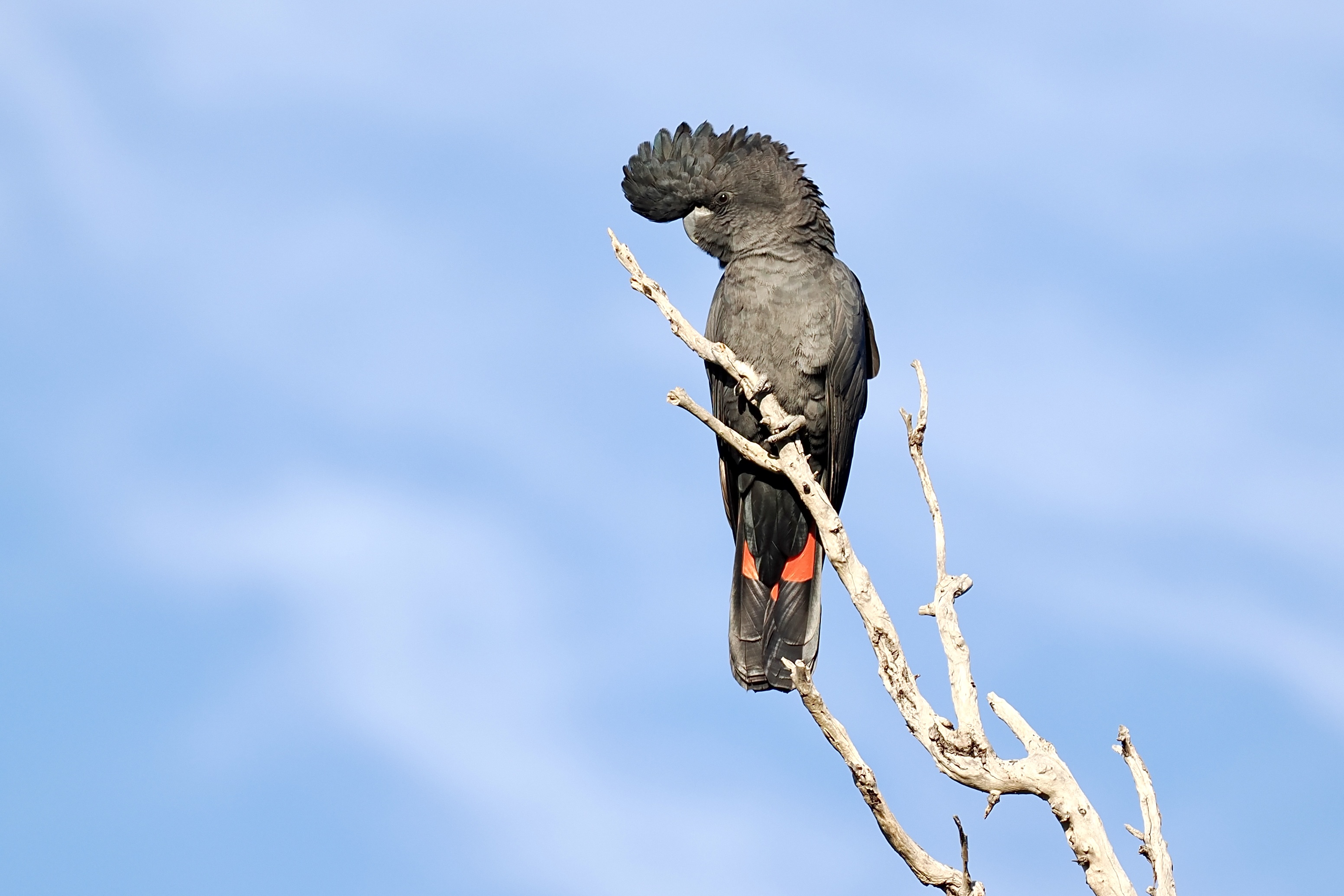This post’s heroes belong to the genus Stylidium.
They are generally known as “trigger plants”.
Almost all of the circa 300 trigger plant species call Australia home, exclusively; Stylidium is this country’s fifth-largest flora genus.
Around half of them are endemic to Australia’s “wild west”; the majority of those species occur only in specific parts of WA’s southwest.
On a warm day some species are much faster “on the draw” than ever was Wyatt Earp…or any other gunslinger in America’s “Wild West”.
The fastest Stylidium “trigger” can complete its “attack” on an insect in as little as 15 milliseconds.
Comments closed